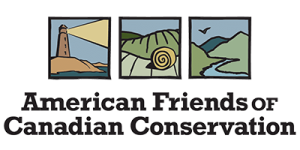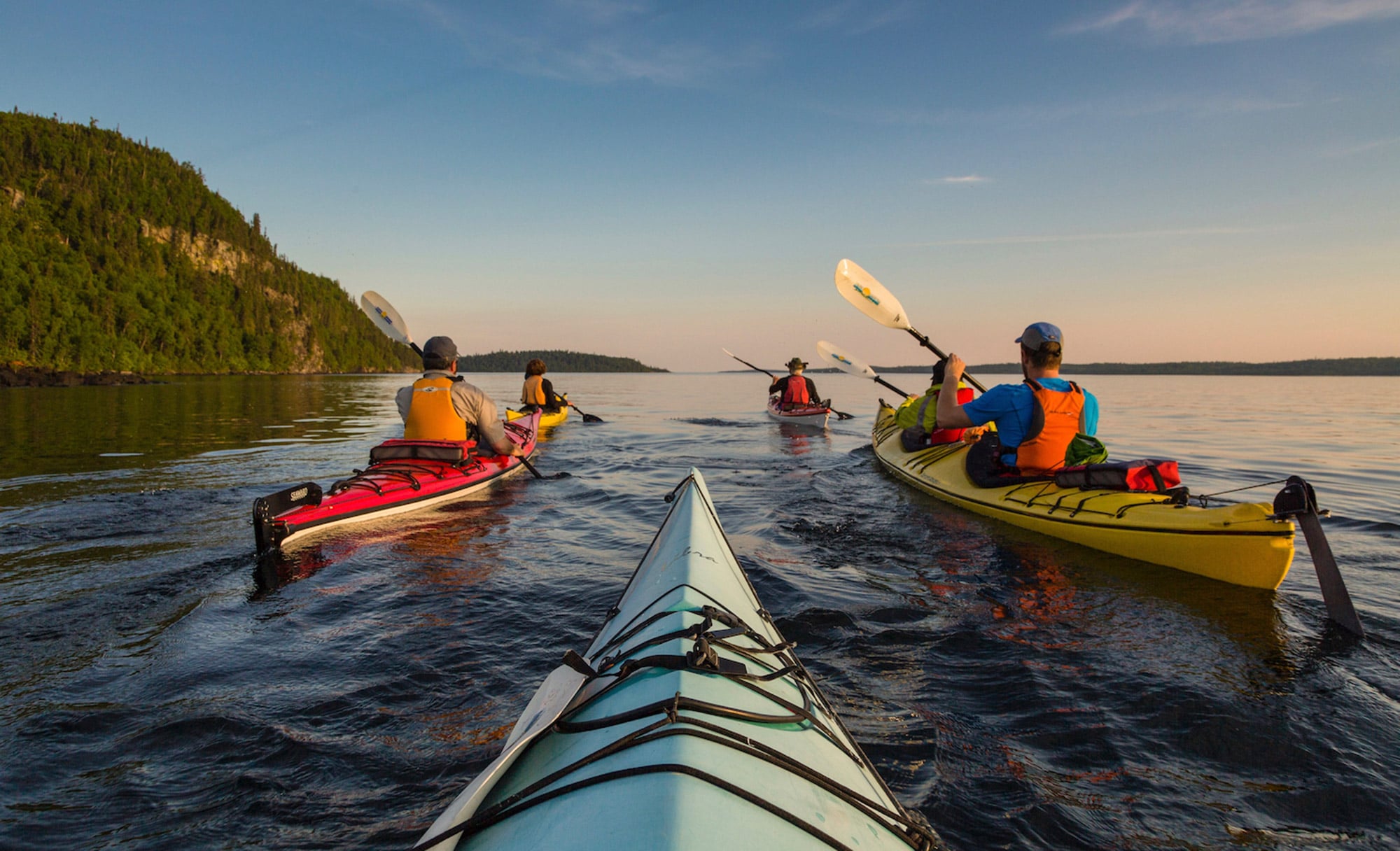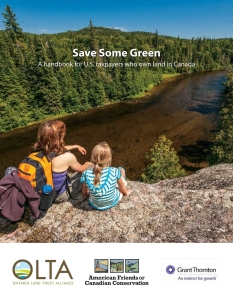A “conservation easement” is a voluntary legal agreement between a landowner and a land trust or government agency that permanently limits uses of the land in order to protect its conservation values. It allows landowners to continue to own and use their land, and they can also sell it or pass it on to heirs, while knowing that its natural character will be conserved. The entity that accepts the easement commits to being the steward in perpetuity; checking that the easement donor’s wishes are honored.
When you donate a conservation easement, you give away some of the rights associated with the land. For example, you might give up the right to build additional structures. The restrictions are decided by you, the landowner, and the organization that you choose to hold the easement. Future owners will be bound by the easement’s terms.
Conservation easements offer great flexibility. An easement on property containing rare wildlife habitat might prohibit any development, for example, while an easement on a forest might allow carefully managed timber harvest, but not clear cuts. An easement may apply to all or a portion of the property, and need not require public access.
American Friends’ donors who want to keep their Canadian land in their family are finding that conservation easements are an excellent legal, estate planning tool. By giving a conservation easement to protect their family property, they can reduce the Canadian capital gains tax liability and the appraised value of the easement is tax deductible in the U.S. In combination, these tax benefits can help make it financially feasible to pass a cherished Canadian property to the next generation. Refer to the Fact Sheet for Prospective Donors of Conservation Gifts to learn more or contact American Friends of Canadian Conservation.



